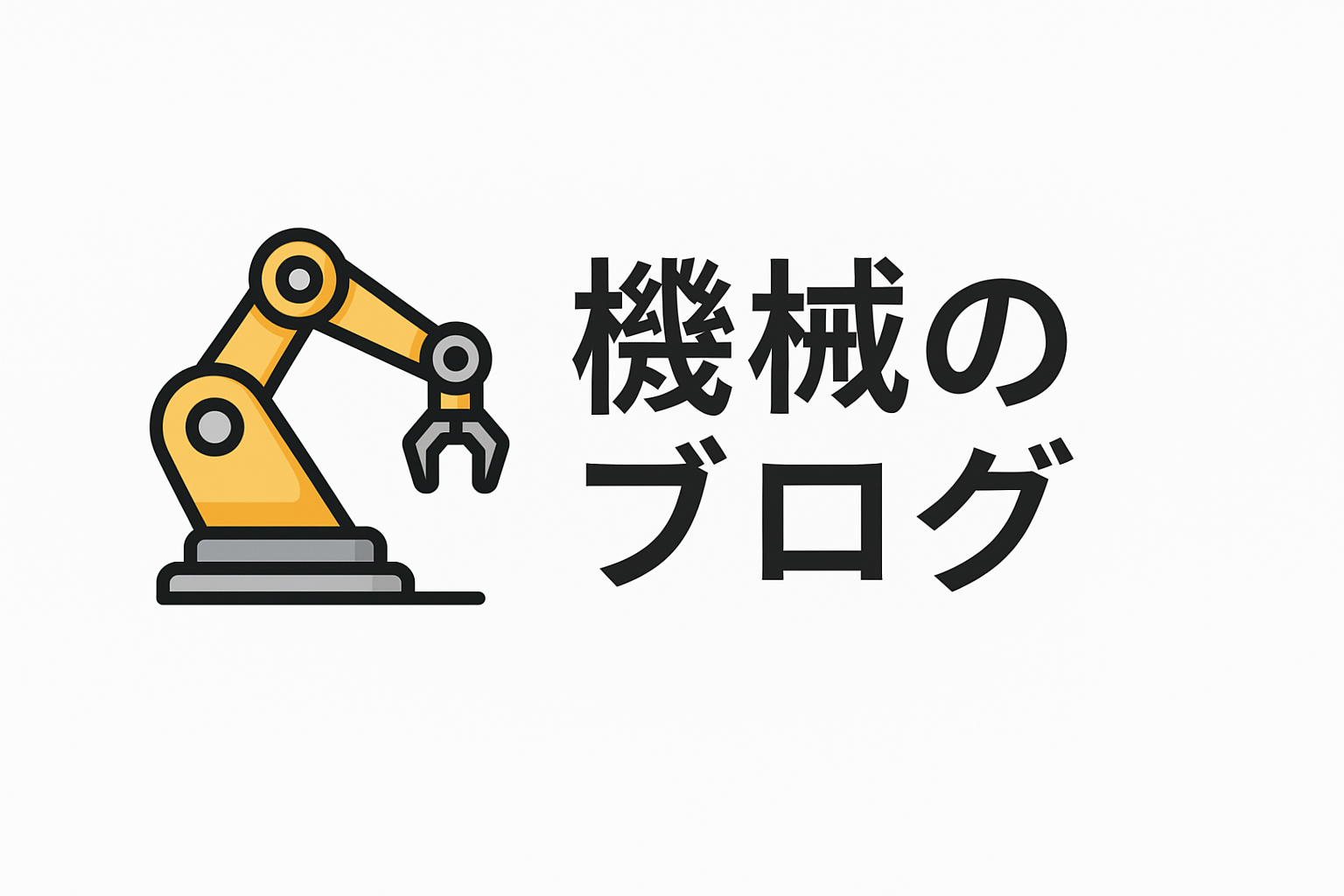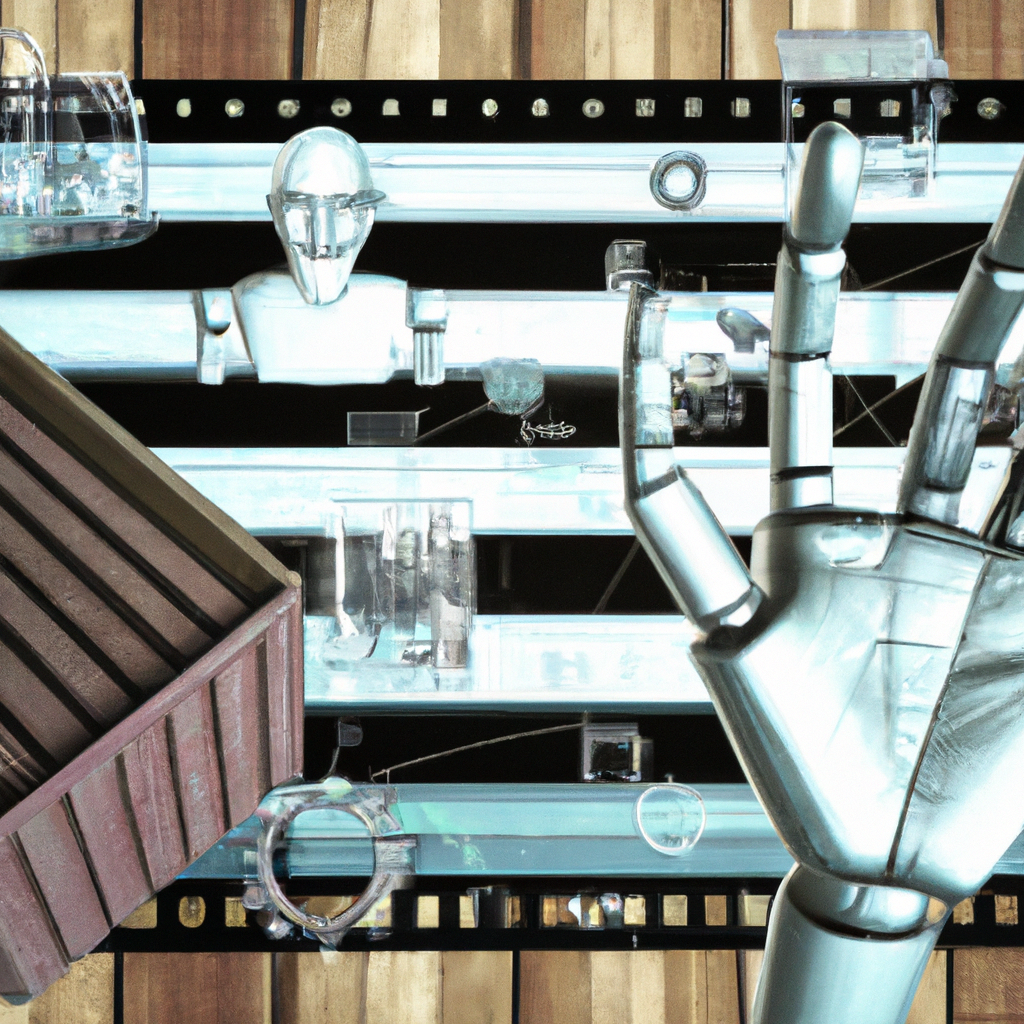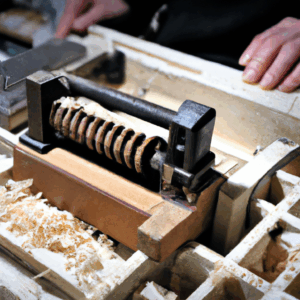Automation Revolution in Machine Tools
The world of manufacturing is on the brink of a transformative era, driven by the relentless march of automation. As industries strive for higher efficiency, better quality, and increased output, the commitment to automation in machine tools is redefining the landscape. This article explores the automation revolution in machine tools, detailing its impact on manufacturing processes, the benefits it brings, and the challenges it poses.
Introduction
In recent years, automation has become a cornerstone of manufacturing innovation. Machine tools, the backbone of manufacturing operations, are undergoing a significant transformation through automation. The integration of advanced technologies such as artificial intelligence, robotics, and the Internet of Things (IoT) is revolutionizing how machine tools operate, promising unprecedented levels of precision, efficiency, and flexibility. As manufacturers navigate this new terrain, understanding the nuances of automation in machine tools is crucial for staying competitive in a rapidly evolving market.
Section 1: The Evolution of Machine Tool Automation
Machine tools have come a long way since their inception during the Industrial Revolution. Initially, these tools were manually operated, relying heavily on skilled laborers to produce precision parts. The advent of Computer Numerical Control (CNC) in the late 20th century marked a significant leap forward, allowing for the automation of machine tool operations through programmable commands.
Today, the integration of advanced technologies has further transformed machine tools. Modern automated systems incorporate smart sensors, machine learning algorithms, and real-time data analytics to optimize performance and reduce human intervention. This evolution is not just about replacing human labor but enhancing human capabilities by allowing operators to focus on more strategic tasks.
Section 2: Key Technologies Driving Automation
The automation revolution in machine tools is powered by a convergence of several cutting-edge technologies. Key among these are:
- Artificial Intelligence (AI): AI algorithms enable machine tools to learn from data, predict outcomes, and make decisions autonomously. This capability enhances precision and efficiency while reducing downtime.
- Internet of Things (IoT): IoT connects machine tools to a network, allowing for real-time monitoring and control. This connectivity facilitates predictive maintenance, reduces operational costs, and improves machine uptime.
- Robotics: The use of robots in machine tools enhances automation by performing repetitive tasks with high precision. Robots can work alongside human operators or independently, increasing overall productivity.
- Advanced Software: Software solutions for machine tool automation include CAD/CAM systems, which streamline the design and manufacturing process, and simulation tools that optimize machine operations before physical production begins.
Section 3: Benefits of Automation in Machine Tools
The automation of machine tools offers numerous benefits that extend across the manufacturing spectrum:
- Increased Productivity: Automated systems operate continuously with minimal downtime, significantly boosting production rates and throughput.
- Enhanced Precision and Quality: Automation minimizes human error, ensuring consistent quality and precision in manufactured parts.
- Cost Efficiency: While the initial investment in automation can be high, the long-term cost savings from reduced labor expenses, lower scrap rates, and minimal downtime are substantial.
- Flexibility and Scalability: Automated machine tools can be easily reprogrammed to adapt to new designs or production processes, providing manufacturers with the flexibility to scale operations quickly.
Section 4: Challenges and Considerations
While the benefits of automation are clear, manufacturers must also navigate several challenges:
- High Initial Costs: The transition to automated systems involves significant investment in technology and training, which can be a barrier for smaller manufacturers.
- Skilled Workforce Requirements: Automation requires a skilled workforce that is proficient in operating and maintaining advanced technologies, necessitating ongoing training and education.
- Integration Complexity: Integrating new technologies with existing systems can be complex, requiring careful planning and implementation to avoid disruptions.
- Cybersecurity Risks: As machine tools become increasingly connected, they are vulnerable to cyber threats, necessitating robust cybersecurity measures to protect sensitive data and operations.
Section 5: The Future of Automation in Machine Tools
The future of machine tool automation promises even greater advancements. Emerging technologies such as digital twins, which create virtual replicas of physical machines, will enable manufacturers to simulate and optimize operations in a virtual environment before implementation. Additionally, advancements in AI and machine learning will further enhance the capabilities of automated systems, enabling them to adapt to complex manufacturing scenarios autonomously.
As the manufacturing industry continues to embrace Industry 4.0, the role of automation in machine tools will become increasingly significant. Manufacturers that invest in these technologies today will be well-positioned to capitalize on future opportunities, maintaining a competitive edge in a rapidly changing market.
Conclusion
The automation revolution in machine tools is reshaping the manufacturing landscape, offering unprecedented opportunities for efficiency, precision, and innovation. By embracing the latest technologies and addressing the associated challenges, manufacturers can unlock new levels of productivity and remain competitive in the global marketplace. As we look to the future, the continued evolution of automation will undoubtedly open new possibilities, paving the way for a more dynamic and resilient manufacturing industry.


